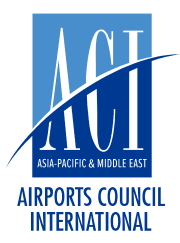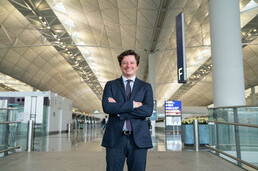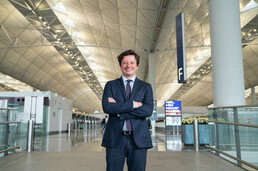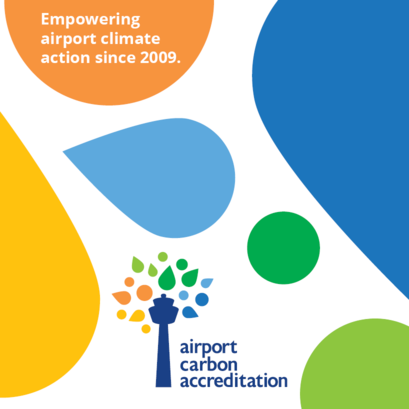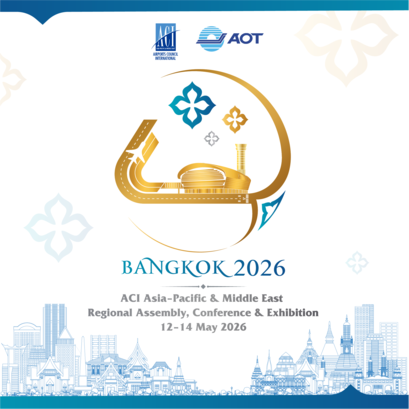View from Top
- 2025-07-10
As we stand on the cusp of the next decade, a clear imperative emerges for the aviation industry: substantial investment in infrastructure. The skies of the Asia-Pacific and Middle East are set to witness an unprecedented surge in passenger traffic, with projected annual growth rates of 7.8% and 8.1% respectively. This robust demand underscores an immediate and pressing need for development that not only keeps pace but proactively shapes the future of air travel.
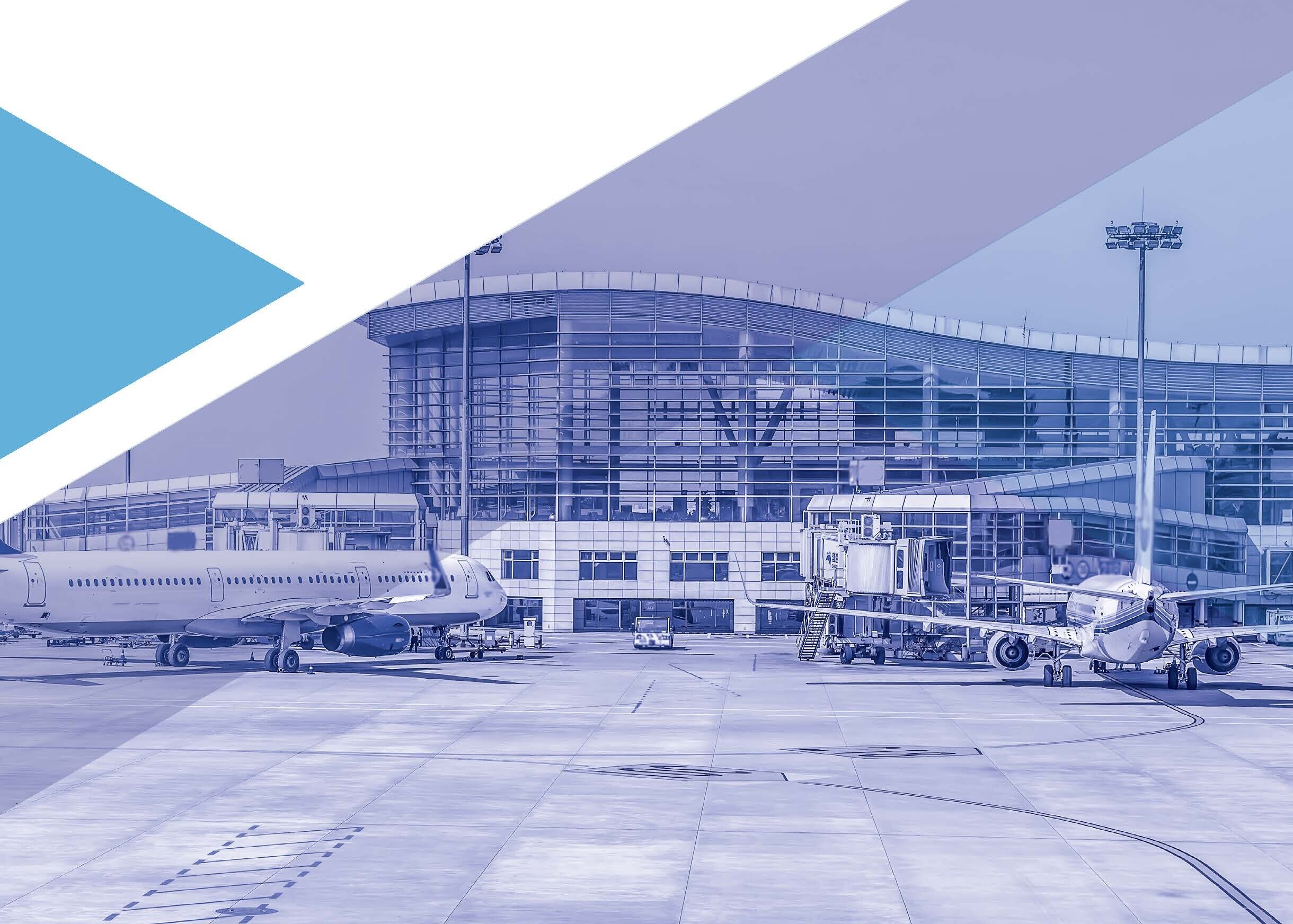
Our recent Infrastructure Investment Survey on airport development, released in April, provides a compelling snapshot of this strategic focus. Over 30 key airports, collectively representing approximately 30% of combined passenger traffic and 50% of cargo traffic in the Asia-Pacific and Middle East, indicated a strong emphasis on both modernizing existing facilities and developing new airport infrastructure. This dual approach is critical as air travel demand is set to triple by 2042, making expansion and modernisation more vital than ever for maintaining efficiency and safety.
The survey highlights airports in Asia-Pacific & Middle East are projected to invest US$240 billion in infrastructure development from 2025 to 2035, including modernization of airports and development of new airports. This investment— as indicated in our latest survey—covers both the upgrade of existing facilities and the construction of new airports to support the growing demand in passenger and cargo capacity.
The development includes: Brownfield Development (Modernisation of existing airports): US$136 billion would be invested to upgrade existing airports, creating an additional 680 million passenger capacity and 14 million tonnes of cargo capacity.
Greenfield Development (Development of new airports): US$104 billion will be allocated to build new airports, adding 562 million passenger capacity and 57 million tonnes of cargo capacity.
In total, this will create capacity for 1.24 billion passengers—equivalent to over 13 Dubai International Airports—and 71 million tonnes of cargo, nearly 14 times the cargo volume of Hong Kong International Airport. This scale of investment will ensure that airports across the region are prepared to manage future demand sustainably and efficiently.
To underpin this extensive infrastructure expansion, appropriate adjustments to airport charges will be essential. This measure will enable airports to recover capital expenditure, uphold service standards, and accommodate future operational requirements. Charges are to be carefully balanced to ensure affordability for airlines and passengers, while securing continuous investment in critical infrastructure.
Air Connectivity Ranking
As we completed the CAPEX Survey, we released the highly anticipated Air Connectivity Ranking at the highly successful Air Connectivity Conference 2025 in Shanghai. The study reveals in 2024 a remarkable 14% year-on-year increase in both Asia-Pacific and Middle East regions, driven by strong international demand, robust network recovery, and the return of major travel corridors.
The ACI Asia-Pacific & Middle East Air Connectivity Ranking is a comprehensive, passenger-centric analytical tool developed in collaboration with PwC in 2023 and refined for its third edition in 2025. The Ranking evaluates the overall level of air passenger connectivity offered by airports across the Asia-Pacific and Middle East regions. It assesses performance through three fundamental building blocks: network scale and frequency, economic weight of destinations, and connection quality and efficiency.
The Asia-Pacific region witnessed a remarkable 13% jump in overall connectivity compared to 2023, while the Middle East posted an impressive 28% increase, surpassing all post-COVID recovery forecasts. On average, connectivity across all airports rose in both Asia-Pacific and the Middle East by +14%, a strong testament to the resilience and dynamism of the aviation sector.
In Asia-Pacific, intra-regional connections are nearly back to pre-pandemic levels, trailing by just 0.2%. At the same time, intercontinental connectivity is on the rise, showing a solid 4% increase. The Middle East, however, isn't just recovering – it's setting a new pace. Both intra-regional and inter-continent connectivity have not only bounced back but have exceeded pre-pandemic levels by a significant margin of 18% and 16%, respectively.
Besides, the Air Connectivity Conference 2025, co-organised by China Civil Airports Association, and hosted by Shanghai Airport Authority, was hugely successful as we had over 150 participants from over 20 countries.
.jpg)
Celebrating Milestones in Sustainability
Amid these challenges, the aviation industry's commitment to sustainability stands as a notable success story. In April 2025, our region achieved a new milestone--- more than 100 airports participating in the Airport Carbon Accreditation (ACA).
As of 31 March 2025, a total of 114 airports in the Asia-Pacific and Middle East regions — collectively handling nearly 40% of the region’s passenger traffic—have achieved accreditation, demonstrating the strong regional dedication to reducing carbon emissions. Globally, there are 637 accredited airports participating in airport climate action across seven levels of the programme.
This demonstrates the increasing commitment of airports across Asia-Pacific and the Middle East region to reduce their carbon footprint. At ACI, we are very pleased to see this level of commitment and look forward to seeing even more airports join the programme, and work towards the industry’s shared vision of achieving net zero emissions by 2050.
Suva Declaration
At the Regional Aviation Ministers Meeting in Fiji, ACI Asia-Pacific & Middle East contributed to the development of the Suva Declaration 2025. A key priority of the declaration is promoting environmentally sustainable aviation connectivity, including reducing carbon emissions, adopting cleaner fuels, and minimising the environmental impact of air travel.
Regional Assembly, Conference, and Exhibition
Our recent annual event in New Delhi marked another important milestone for ACI Asia-Pacific & Middle East. During the event, our Board approved a revised Strategic Plan (2024–2026) to better align with industry trends and the evolving needs of our members. A key focus of the updated plan is to enhance the analysis and communication of the economic and social value that airports generate at the national level.
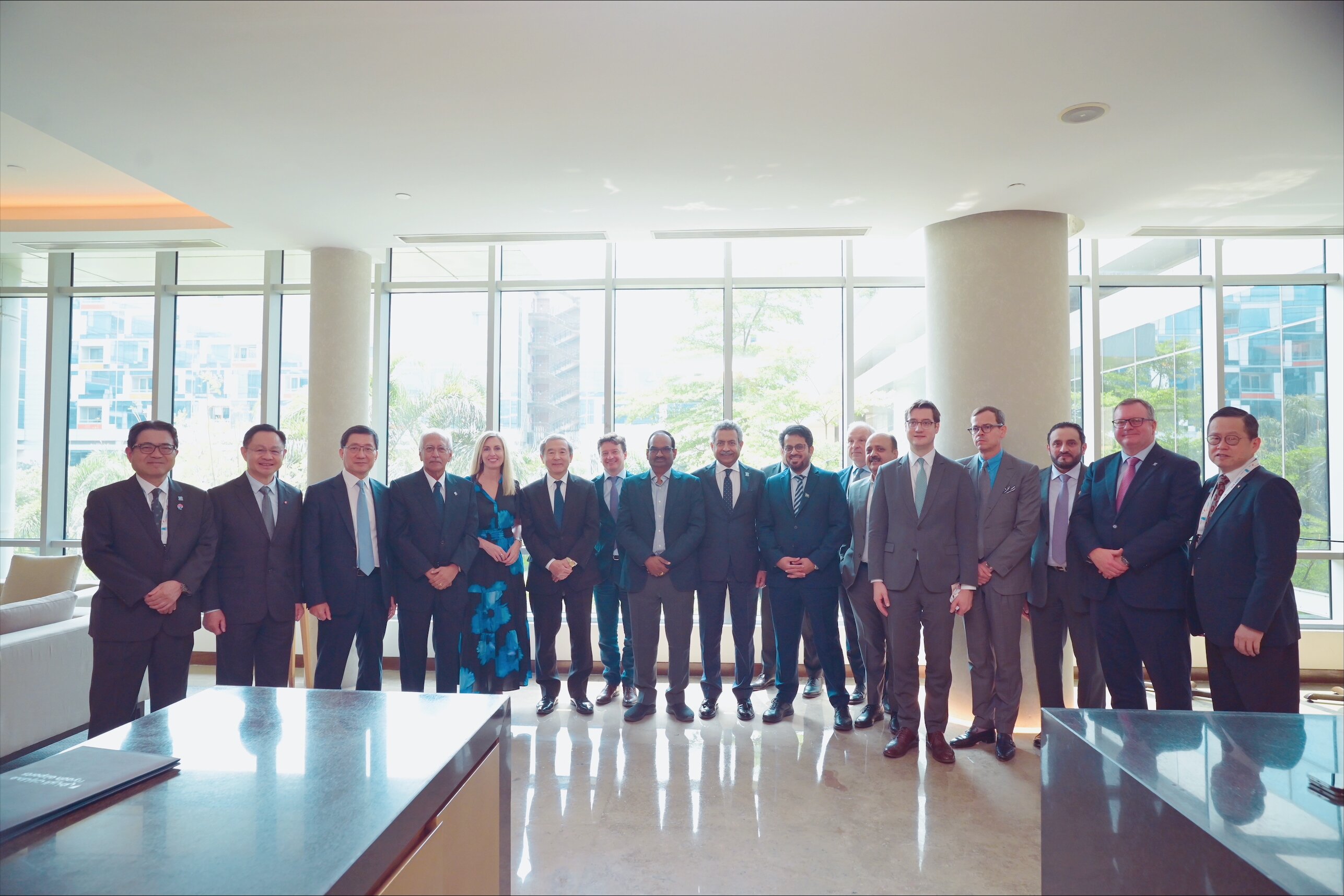
ACI APAC & MID Board meeting in New Delhi, India, April 2025
New Resolution
A standout moment from the Assembly was the unanimous adoption of a resolution by airport members, calling for the optimisation of existing capacity and the development of new infrastructure. With projected air traffic growth of 7% annually over the next 25 years, this resolution supports the critical investments needed to meet demand and maintain long-term competitiveness.
ACI extends support to Myanmar
Following the devastating earthquake in Myanmar, ACI Asia-Pacific & Middle East donated US$50,000 to Airlink, a disaster logistics nonprofit, to support urgent humanitarian relief efforts. To further amplify support, we launched a member-wide fundraising campaign. Funds raised will help Airlink ensure the rapid delivery of emergency supplies and personnel to affected regions, providing crucial assistance to communities in need.
